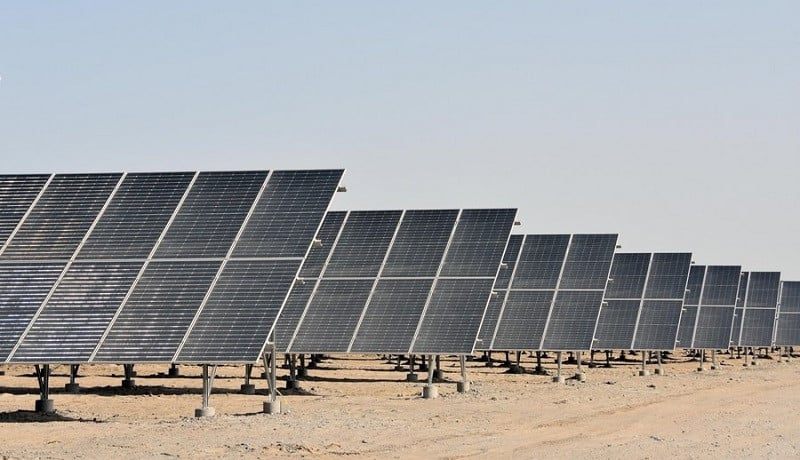In a monumental leap for renewable energy, the world’s largest solar plant has commenced operations in China. Located in the arid region of Xinjiang’s north-west province, this colossal facility spans an impressive 200,000 acres, equivalent to the size of New York City. With an annual capacity exceeding 6 billion kilowatt hours, this solar farm can power a small country, such as Luxembourg or Papua New Guinea.
A Renewable Energy Giant
The new 5GW complex, connected to China’s grid recently, is a testament to the country’s leadership in solar power adoption. This plant surpasses the previously largest Ningxia Teneggeli and Golmud Wutumeiren solar projects, also situated in China, to become the world’s most extensive solar installation.
China’s Solar Surge
In 2023, China has significantly bolstered its solar capacity, increasing it by over 50 percent. According to a recent International Energy Agency (IEA) report, China’s commitment to renewable energy is nothing short of extraordinary. The country added as much solar capacity in 2023 as the entire world did in the previous year.
The IEA report highlights China’s pivotal role in the global renewable energy landscape, noting that the country is on track to account for nearly 60 percent of new renewable capacity worldwide by 2028. This ambitious expansion is crucial for achieving the global goal of tripling renewable energy capacity, with China expected to install over half of the new capacity required globally by 2030. By the end of this period, almost half of China’s electricity generation will derive from renewable sources.
Solar Potential and Global Impact
An analysis by Longi Green Energy Technology in 2023 revealed that equipping rooftops and buildings across China with solar panels could generate enough electricity to power all households in China and Southeast Asia combined. This massive potential underscores the transformative impact of solar energy on regional and global scales.
Addressing Overcapacity Concerns
However, the rapid increase in solar panel production has raised concerns about overcapacity and potential trade tensions due to a global market glut. In response, the United States has taken measures to mitigate these risks. Last month, President Joe Biden announced that tariffs on Chinese solar cell imports would double from 25 percent to 50 percent, aiming to balance the market dynamics and address overcapacity issues.
Conclusion
China’s new solar farm in Xinjiang marks a significant milestone in the journey towards a sustainable future. As the world grapples with climate change and the urgent need for clean energy, China’s leadership in solar power sets a powerful example. The country’s remarkable advancements in renewable energy not only bolster its own energy security but also contribute substantially to global efforts in combating climate change.






